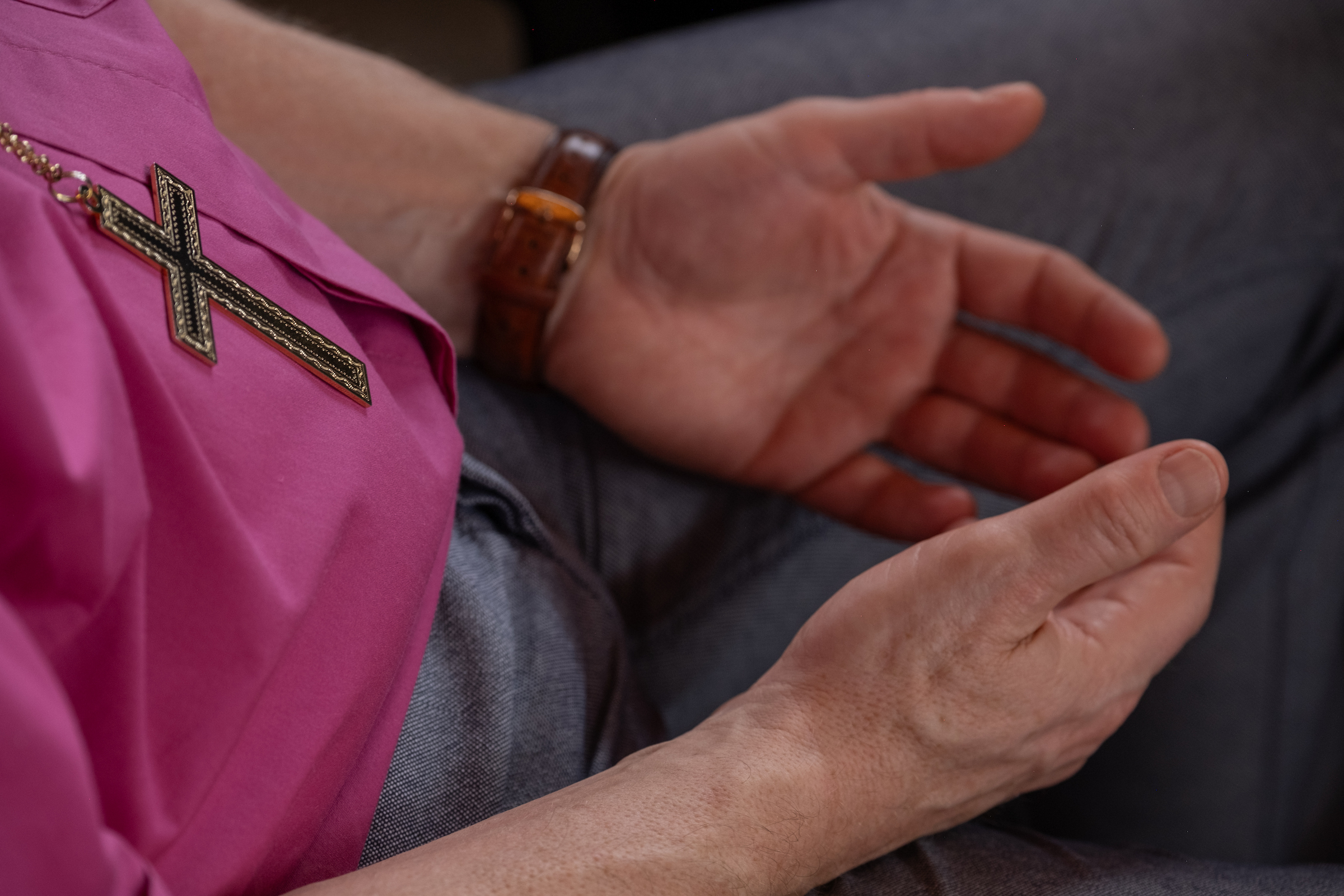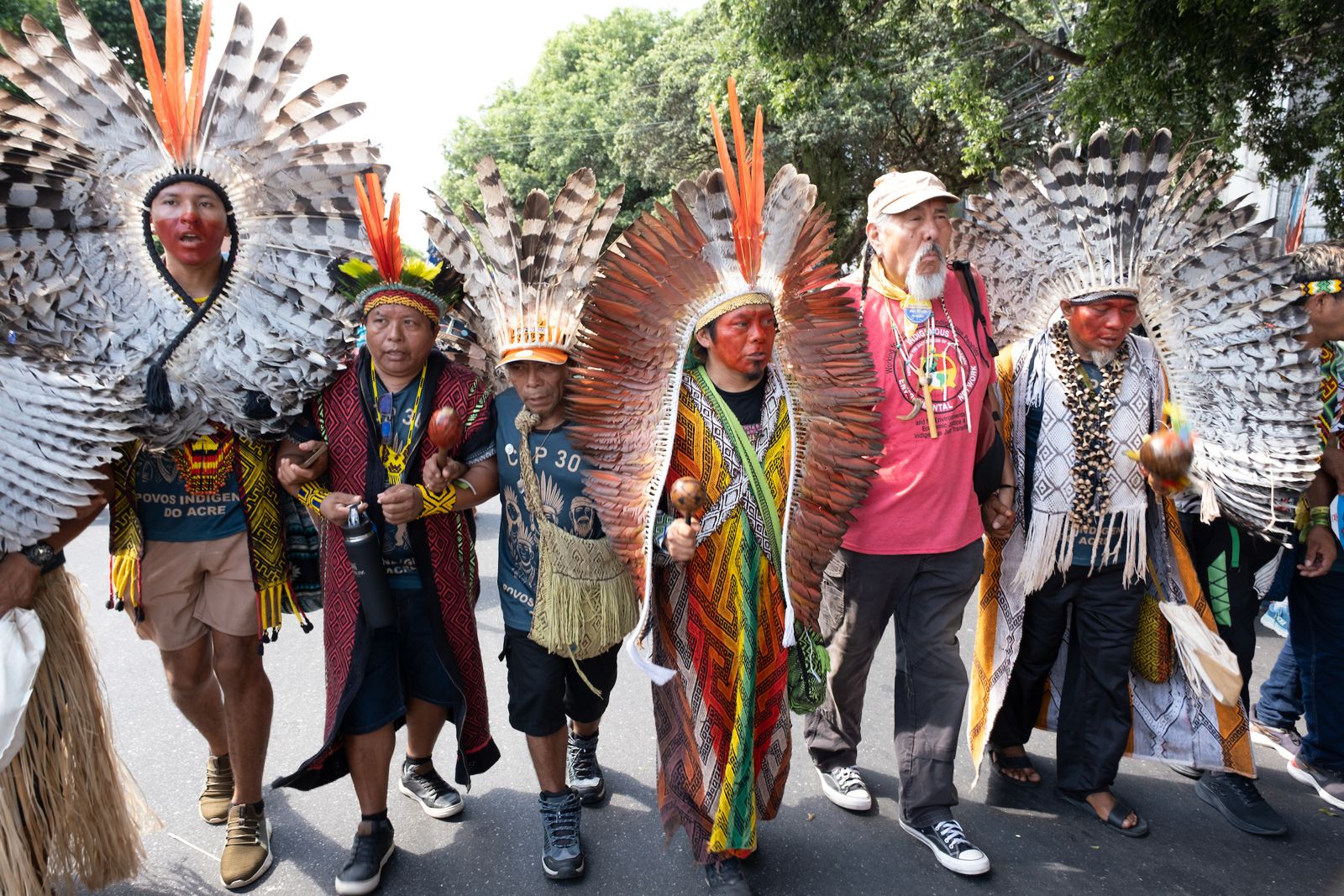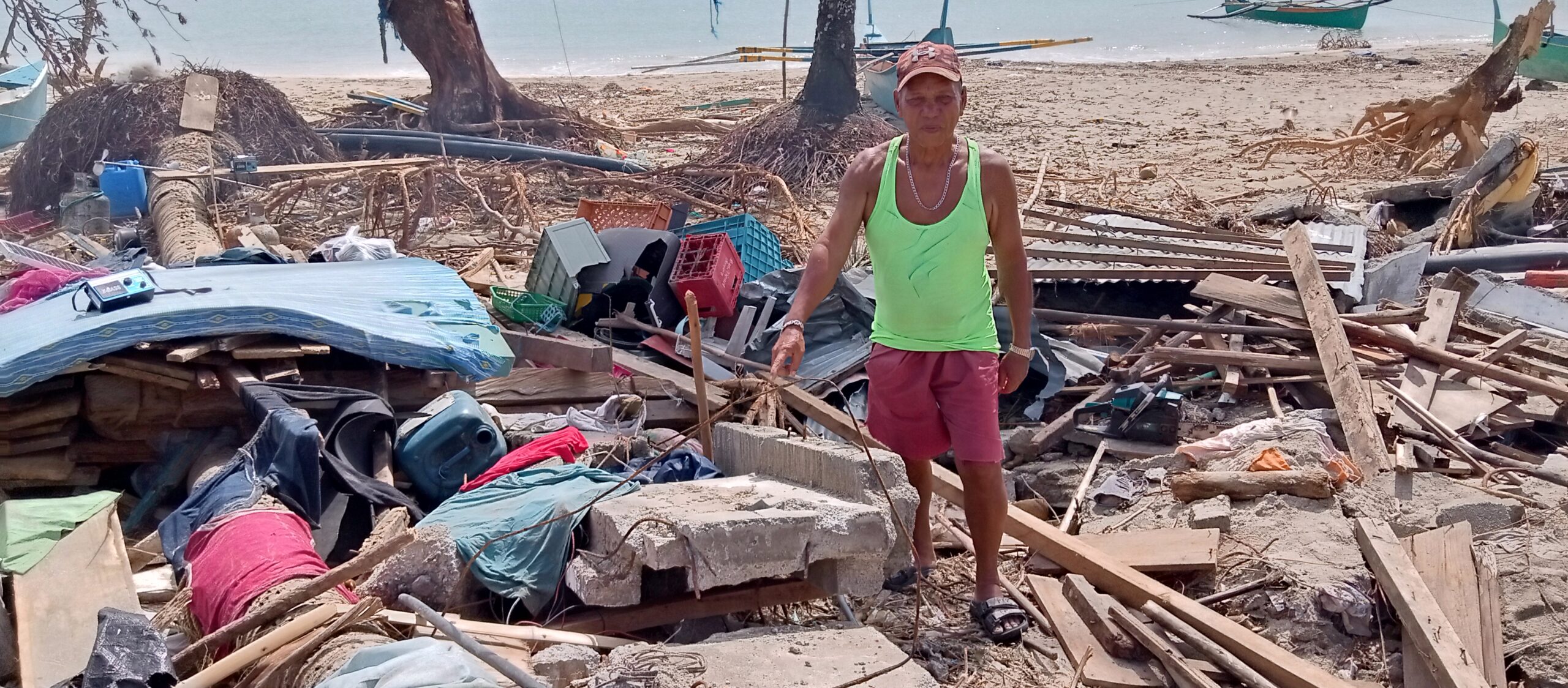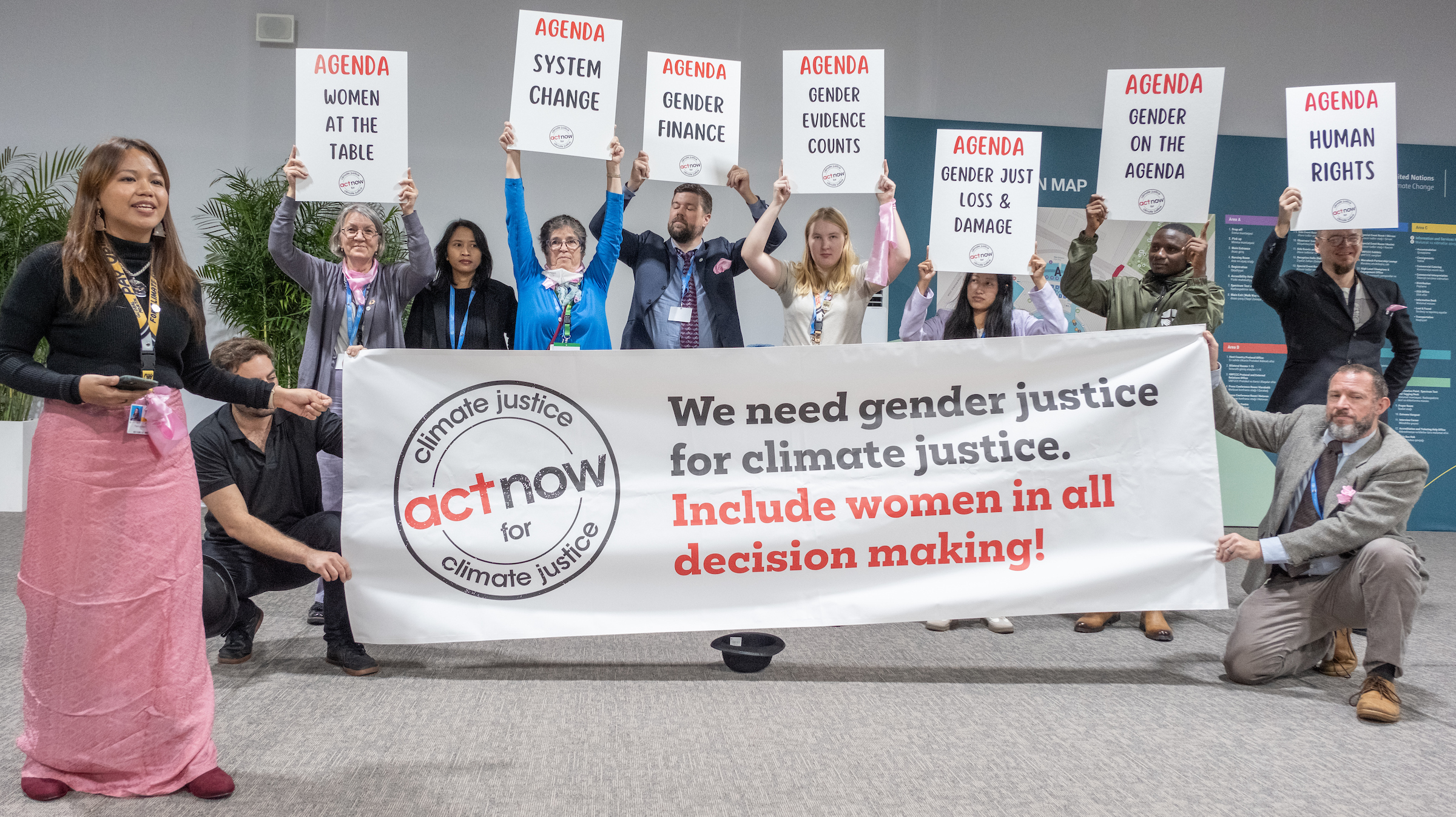By Andrew Fuys
Climate change impacts all of us, wherever we live, work, or go to school. And in all parts of the world, people are creating economies and societies that are more resilient to climate change, ones in which clean, renewable energy is combined with sustainable use of water, land, and other natural resources. In many places, local and national governments have begun making public resources available, to complement the private resources that so many families, communities, and businesses have been mobilizing themselves.
While these steps are promising, the reality of climate change demands even more urgent action. For starters, the costs of adapting to the ways our climate has already changed – and, especially, of addressing the growing threats that climate hazards pose to lives and livelihoods – only continue to rise.
Policymakers know that investing in preparedness and risk reduction saves money in the long run: the US government, for example, reports that as much as six dollars are saved for every one dollar spent on hazard mitigation. But still, too often public resources are made available only after disasters strike, not before. By that point, it’s too late to prevent harm, especially for people who live in the most vulnerable situations. Just last month, communities in the US experienced this firsthand, when two hurricanes supercharged by historically warm ocean water caused devastation across the southeastern part of the country.
COP29 is a critical moment for national governments to invest in community-led action to adapt to climate change. Locally led adaptation not only reduces the risks posed by climate change, it creates new opportunities for people to build skills and earn a living in ways that restore ecosystems, protect biodiversity, and ensure that no one is left behind economically or socially. And in situations where remaining in place is simply no longer an option, adaptation can contribute to the safety and dignity of people who are moving out of harm’s way.
What is needed to get there? Global assessments of adaptation efforts show that governments collectively need to mobilize at least 10 times the amount of public adaptation funding that has been flowing to date. And depending on how much, or how little, progress is made in transitioning from fossil fuels to clean energy, this figure could be even higher, up to 18 times the current funding levels. In dollar terms, this comes to $215 billion to $387 billion per year, through the year 2030.
Church World Service and other ACT Alliance members work alongside climate impacted communities in all regions of the world – communities that have contributed little or nothing to global climate pollution in the first place. We hear firsthand how women, men, girls and boys are using their own knowledge, technical skills, peer networks, and limited financial resources to cope with climate impacts. And we also hear them calling on the nations of the world to join them in this effort – particularly nations that are historic climate polluters, and those which today are disproportionately causing climate change.
The accelerating climate crisis requires a truly global response. This must include firm commitments by national governments at COP29 to increase dedicated, grant-based adaptation finance, and to expand and simplify the ways in which impacted communities can access these critically needed resources. Climate vulnerable communities are already doing way more than their fair share. The question is, will the climate polluting countries of the world step up their own actions? As COP29 continues, the people of the world – and, indeed, of future generations – are awaiting the answer.
Andrew Fuys is Senior Technical Advisor for Climate and Migration at CWS. He lives in the Bronx, New York, on the ancestral lands of the Lenape people.
A “silenced” demonstration at COP29 urging climate action. PHOTO: Albin Hillert/LWF









